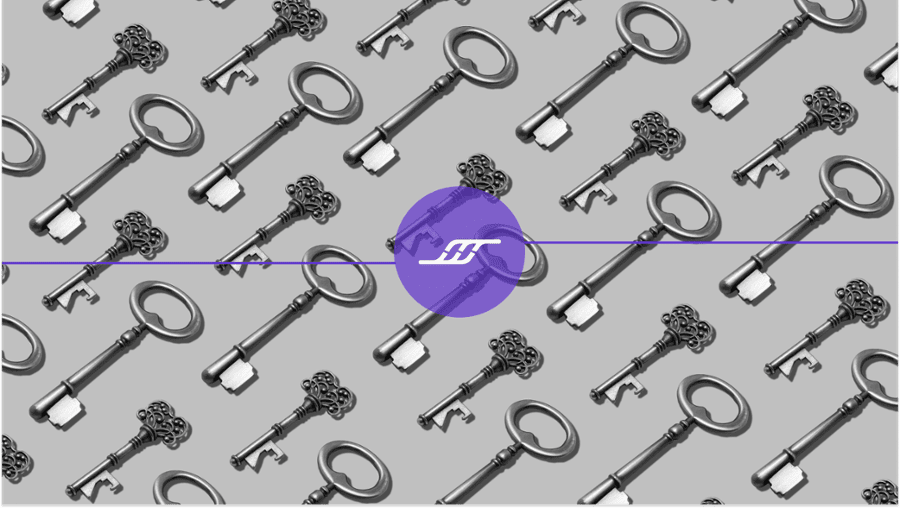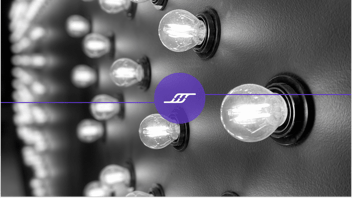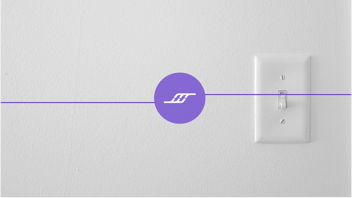Data is good, right? We all want more data! As Shark Tank's Kevin O'Leary says, "Data is the new gold." Data is valuable because it helps businesses better understand their operations and customers, enabling them to streamline critical business decisions, lower costs, and ultimately contribute to the business's financial success. This is why it's essential to have high-quality data that you can trust. Making decisions based on untrustworthy data could have catastrophic results.
 When talking about large volumes of data, we must consider the topics of cloud computing and data governance.
When talking about large volumes of data, we must consider the topics of cloud computing and data governance.
Proper data governance is essential with the increasing adoption of cloud computing in business environments. Implementing effective data governance practices in the cloud helps organizations maintain high data quality, integrity, and security.
In this article, we discuss:
- The Significance of data governance in the Cloud
- Explore best practices for implementing data governance in this context
- Highlight the benefits it brings to decision-makers
Cloud Computing and Its Impact on Data Governance
First, what is cloud computing?
In the simplest terms, cloud computing enables organizations to store, process, and analyze vast amounts of data. However, it also introduces new challenges, such as data sovereignty, data residency, data integration, data accessibility, and data security.
All this falls under the umbrella of data governance.
Data governance refers to managing and controlling an organization's data assets. It encompasses the processes, policies, and procedures that ensure data is stored, managed, accessed, protected, optimized for high quality, and utilized appropriately to meet business objectives and regulatory requirements.
Cloud governance ensures that data is secure, accurate, available, and accessible to key organizational stakeholders when they need it.
What Are the Key Objectives for Data Governance in the Cloud?
A lot goes into establishing and implementing a practical data governance framework. Some of the critical objectives of data governance in the cloud involve the following:
- Maintaining the quality and integrity of data
- Implementing appropriate security measures, access controls, and encryption techniques
- Ensuring data privacy policies, regulations, and compliance requirements are met
- Facilitating secure data collaboration and sharing, which include consent management mechanisms and data handling practices
Establishing data standards, validation processes, and quality metrics ensures that your organization's data is accurate, consistent, and reliable. You can further help protect sensitive data from unauthorized access and avoid damaging cyber threats and data breaches. This will not only safeguard your valuable information, but it will also maintain customer trust and comply with data protection regulations.
Another important consideration with data governance in the cloud is data lifecycle management, which includes data creation, storage, usage, and archival or disposal. Your business must effectively manage data assets, optimize storage costs, and adhere to data retention regulations.
When discussing data governance in cloud computing, defining clear roles and responsibilities for data users and ensuring data quality, privacy, and compliance is essential.

Defining and Managing Data Access Controls, Permissions, and Usage Policies
To effectively define and manage data access controls, permissions, and usage policies, businesses can consider the following approaches:
Data Classification
You can classify data based on sensitivity (low, medium, high) or by different tiers such as public, internal, or confidential. Classification structures should be driven by a risk assessment across privacy, compliance, and related concerns.
Role-Based Access Control (RBAC)
Implementing RBAC involves assigning access permissions based on job roles and responsibilities within the organization. You can regularly review and update access rights as roles change.
Principle of Least Privilege (PoLP)
The principle of least privilege grants users the minimum access rights necessary to perform their tasks. This approach avoids giving broad permissions by default (everyone is admin!) and provides access on a need-to-know basis.
Data Access Requests and Approval Process
Establish a formal process for employees to request access to specific data. Implement an approval mechanism involving appropriate stakeholders, such as data owners or custodians, to review and authorize access requests. Maintaining a centralized system for tracking and managing access permissions is also essential.
Access Controls and Authentication Mechanisms
To ensure that only authorized users can access data, utilize robust authentication methods, such as strong passwords, multi-factor authentication (MFA), or biometric authentication. Implement mechanisms like access control lists (ACLs), attribute-based access control (ABAC), or access control policies to enforce granular access controls at various levels.
Data Encryption
Employ encryption techniques to protect data at rest and in transit. Utilize encryption algorithms and protocols to safeguard sensitive data from unauthorized access or interception. Depending on the specific requirements, you can implement encryption at the:
- Storage level
- Database level
- Application level
Data Monitoring and Auditing
Implement monitoring tools and processes to track data access activities, detect suspicious or unauthorized access attempts, and generate audit logs. Regularly review and analyze these logs to identify anomalies and potential security incidents. Conduct periodic access reviews and audits to ensure compliance and identify unauthorized access patterns.
Employee Awareness and Training
Educate employees about data access policies, security best practices, and the importance of data privacy. Conduct regular training sessions to raise awareness about the potential risks of mishandling data and the consequences of unauthorized access. Encourage a culture of data responsibility and accountability.
Data Sharing Agreements and Contracts
Establish clear data-sharing agreements or contracts when sharing data with external entities or third-party vendors. Define access controls, usage restrictions, and data protection requirements within these agreements. Regularly review and enforce compliance with these agreements to ensure data is handled securely.
Regular Reviews and Updates
Continuously assess and update data access controls and permissions to align with changing business needs, regulatory requirements, and evolving security threats. Conduct periodic reviews of access rights, permissions, and usage policies to identify and address any vulnerabilities or gaps in the system.
By implementing these practices, businesses can ensure that data remains secure, confidential, and accessible only to authorized individuals or systems.
What are the Key Benefits of Data Governance in the Cloud?
Data governance in the cloud offers several key benefits for organizations, such as:
- Improved Decision-making and Business Insights
- Enhanced Data Quality and Integrity
- Improved Regulatory Compliance
- Enhanced Data Security
- Increased Data Transparency and Trust
- Efficient Data Collaboration and Sharing
- Streamlined Data Integration and Interoperability
- Cost Optimization and Efficiency
- Risk Mitigation and Data Loss Prevention
- Data-driven Culture and Accountability
By incorporating the critical components of effective data governance in the cloud, your organization can have improved collaboration and enhanced decision-making capabilities, ensuring data quality and integrity while protecting their business and clients.
Unlock the Full Value of Your Organization's Data
Data governance in the cloud is vital for ensuring data security, compliance, and organizational success.
Organizations can harness the full potential of their data assets by understanding the impact of cloud computing on data governance, exploring best practices for effective data governance in the cloud, and recognizing the importance of data governance for decision-makers.
Book a free consultation today if your organization needs help implementing and managing effective data strategies.
Image by Freepik




